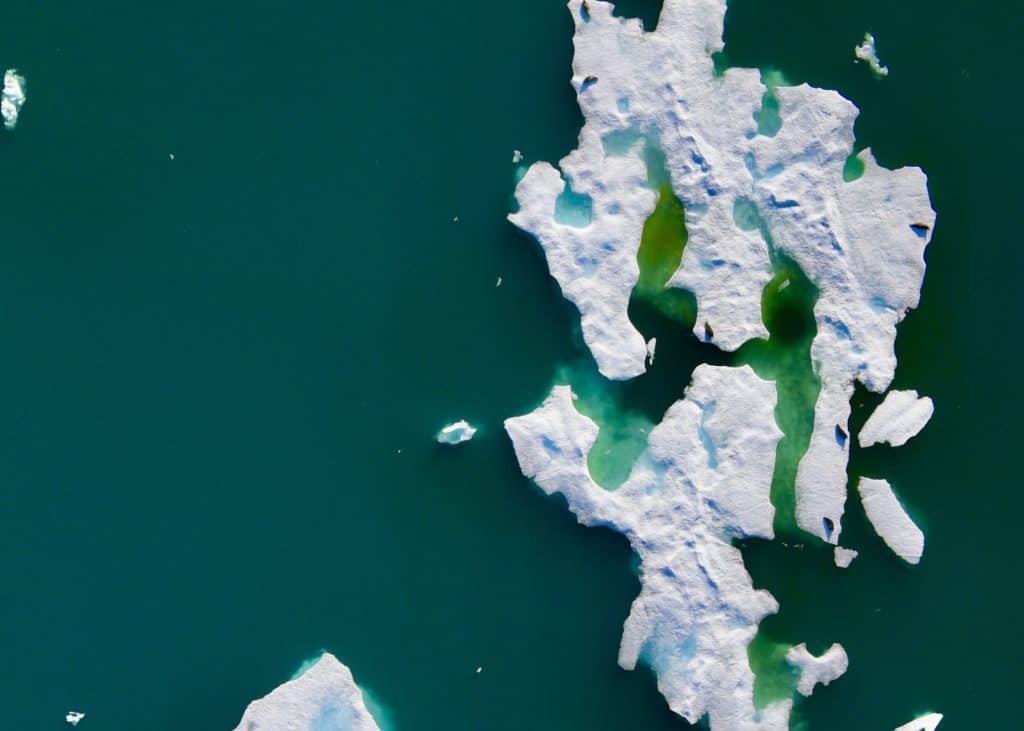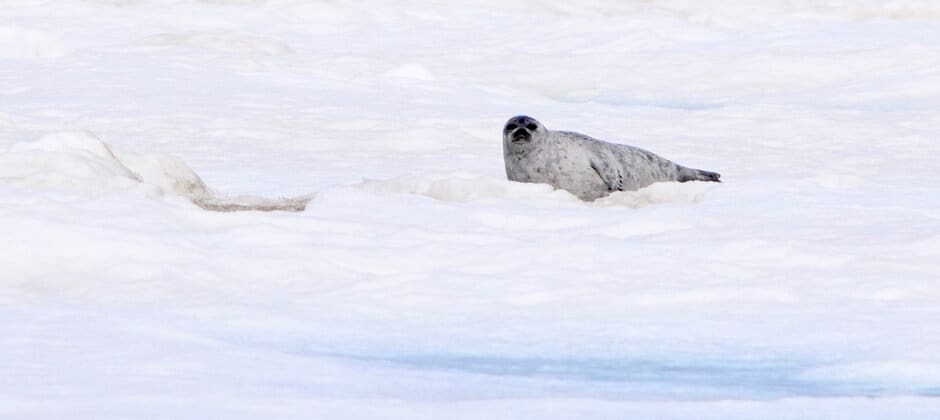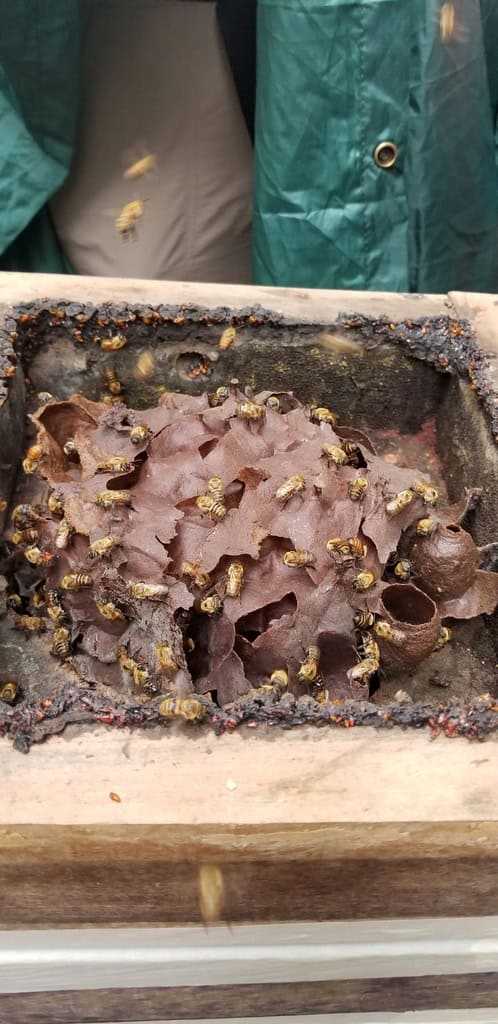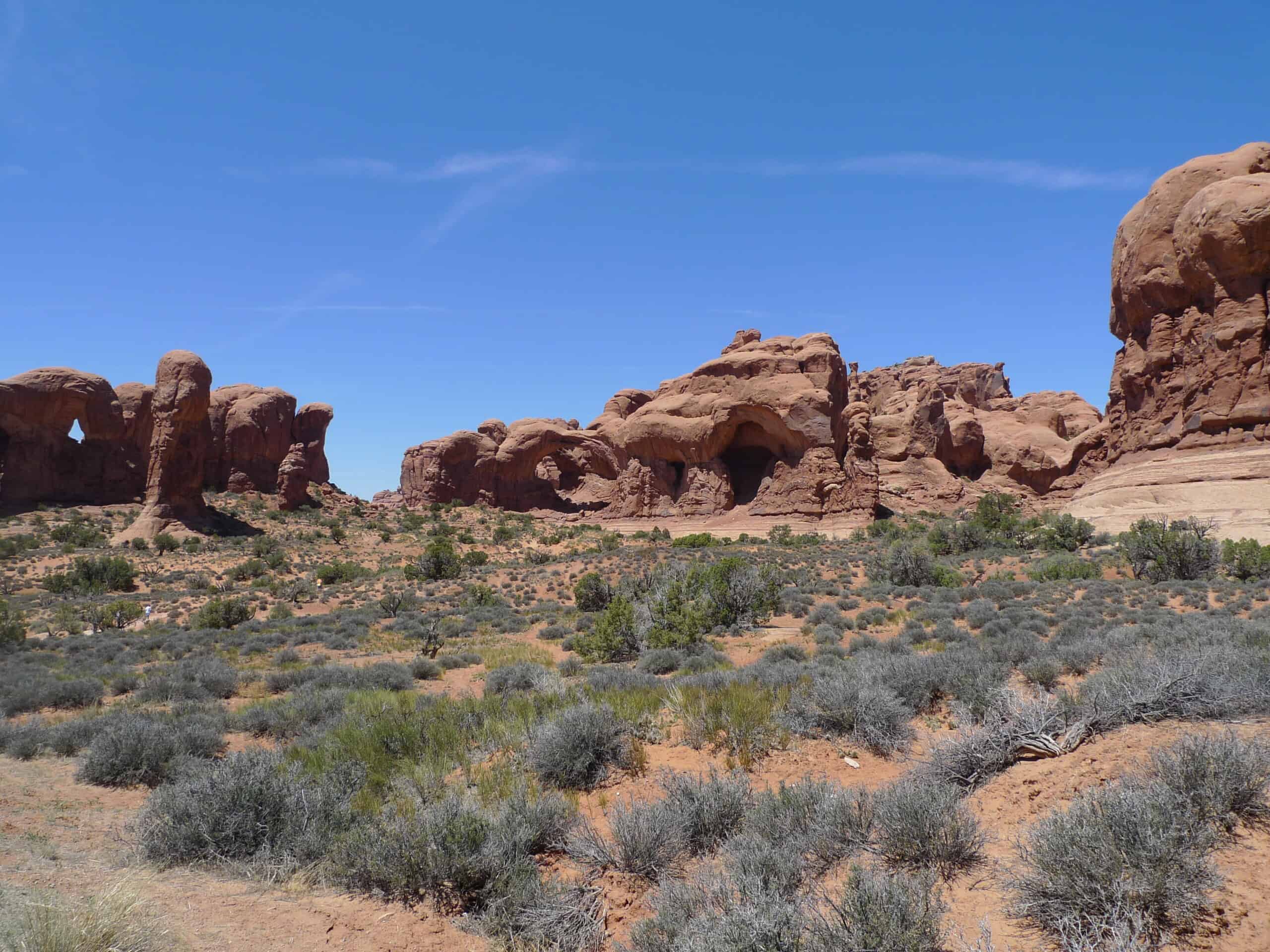Share this article
TWS2021: Climate change may shift seal prey in Arctic
Climate change could change the number and location of fish that seals prey on in Hudson Bay by the end of the century, likely affecting seal populations.
Past studies have shown the direct effects climate change will have on species like ringed seals (Pusa hispida) by shrinking sea ice and reducing their resources and habitat. But less research has looked at secondary effects of warmer temperatures on the marine mammals.
Researchers presenting their findings at The Wildlife Society’s virtual 2021 Annual Conference recently projected how climate change will impact population density and demography of fish that seals prey on. They found this may not only impact seals, but could also indirectly affect top predators like polar bears (Ursus maritimus).
“[Seals] are dealing with these large changes in ice loss, but at the same time, their prey is totally shifting, which will affect their ecology as well,” said TWS member Katie Florko, a PhD researcher in fisheries science at the University of British Columbia who conducted the research. “You can see this bottom-up pressure that’s changing for them.”
To better understand projected fish abundance in Hudson Bay by the end of the century, Florko and her colleagues compiled information about preferred habitat such as temperature and salinity of species like Arctic cod, (Boreogadus saida) capelin (Mallotus villosus), northern sand lance (Ammodytes dubius) and Pacific sand lance (Ammodytes hexapterus) from Fishbase, a global database on fish.
They then predicted oceanographic changes under a low emissions scenario in which Paris Agreement climate goals are met, and under a high emissions scenario in which emissions continue at the current pace.
The researchers found that little would change if Paris goals are met. But in the high emissions scenario, body mass of all of the fish they studied were likely to decrease by 2100. Body size of the northern and Pacific sand lance and capelin are most likely to shrink as the water gets warmer, they found.
The makeup of species will also likely shift. Arctic cod, for example, will become less common while the smaller sand lance and capelins will become more common in Hudson Bay.
“Historically, Arctic cod dominated the system,” Florko said. “We found that there was a really big shift in the species composition.”

Ringed seals on sea ice in the high Canadian Arctic. As the climate warms, the disappearance of sea ice will impact seals. But changes to their prey base will also likely affect the pinnipeds. Credit: Katie Florko
They also found fish distribution would likely change by the end of the century—they would concentrate more toward the southern end of the bay and along coastal areas.
Florko said it’s unclear why they might go to these areas—coastal areas, for example, are likely to experience the biggest changes in temperature and salinity in the future. But in any case, these changes will likely impact the distribution of the ringed seals that prey on these species.
Denser fish along the coasts may drive the seals to shallower water, for example, where polar bears may be able to prey on seals more easily as the sea ice melts. But the cascading effects of these changes are hard to predict based on the number of factors involved. These changes in fish distribution and availability could also drive more competition between seals in Hudson Bay.
Conference attendees can visit office hours for this contributed paper on Tuesday, Nov. 2 from 4 p.m. to 5 p.m. to learn more and ask questions.
Header Image: A ringed seal on the ice. Credit: Stephen Petersen/Assiniboine Park Zoo








